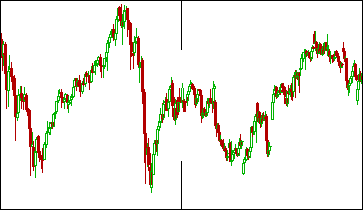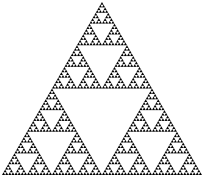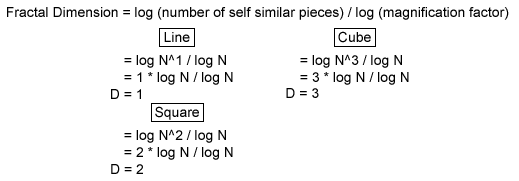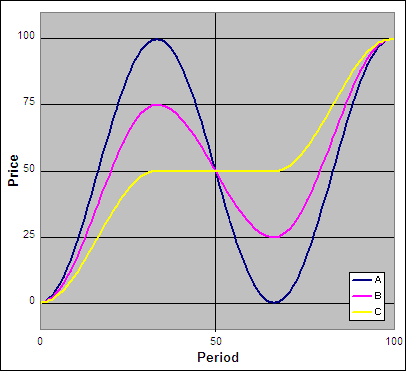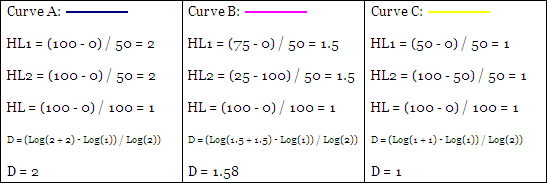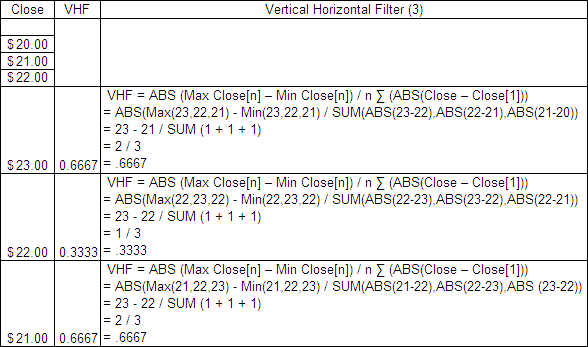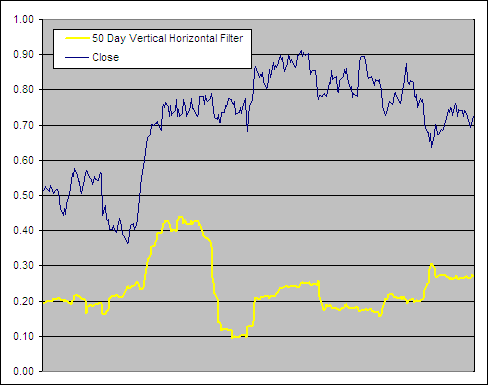March 07, 2011 – 07:07 am EST
It was a volatile week but in the end we finished not far from where we started. Support was tested again and held in most areas plus SMH had a fantastic week – all positive signs. On a negative note volume flows have turned bearish in some areas which raises the risk levels dramatically, lets take a closer look…
Latest Research:
Standard Deviation Ratio Variable Moving Ave (SDR-VMA) – Test Results
Efficiency Ratio Variable Moving Average (ER-VMA) – Test Results
**** Welcome to all our new readers this week. We grow by word of mouth so thanks for spreading the word!
.
ETF % Change Comparison
.

SMH was the shining leader for the week and even closed at a new high on Thursday. It would be very unusual to reach a major market top when SMH is leading like this. IYT continues to drag its feet however and any rally without the transports will ultimately be hollow..
Learn more – ETF % Change Comparison
.
![]()
.
A Look at the Charts
.

The new bearish volume trend from SPY is a concern however price is king and support still holds strong.
.
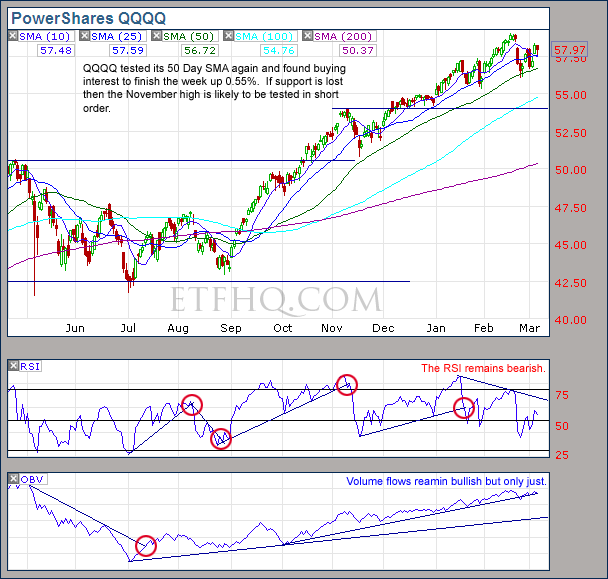
The 50 Day SMA is unusually important at the moment and QQQQ needs to maintain this support.
.
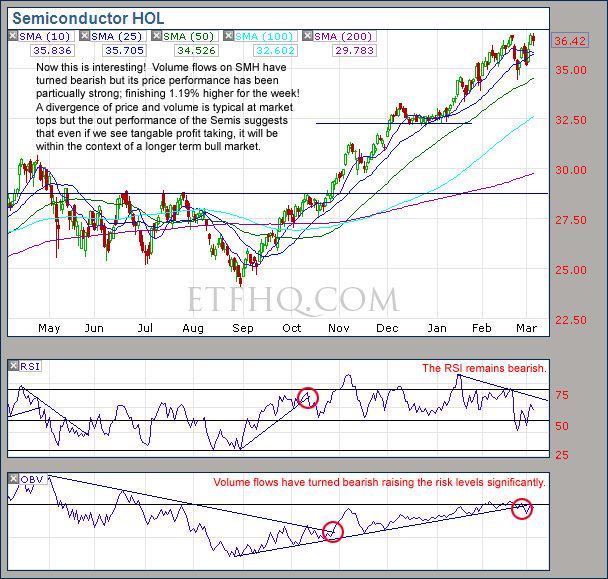
A price volume divergence after such a big run up is not a good look and suggests short term weakness.
.
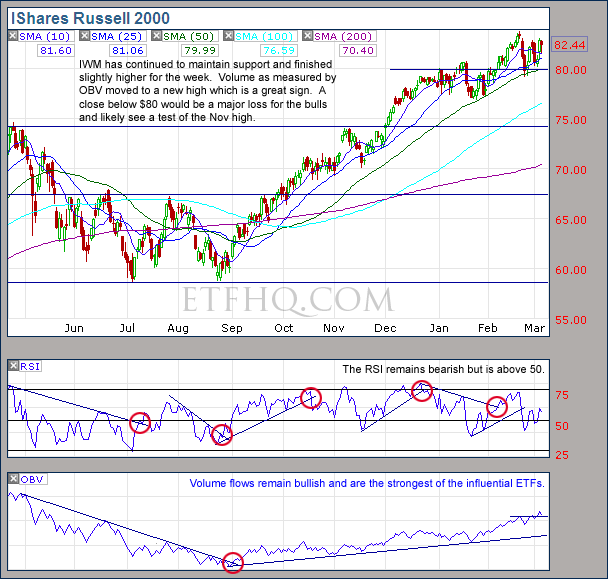
IWM has strong volume flows and good support. A close below $80 would be dangerous however.
.
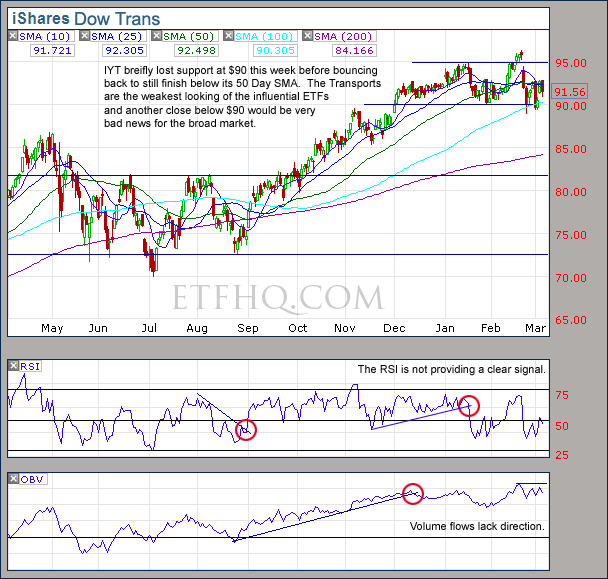
IYT is likely to foretell profit taking on the broad market with another close below $90.
.
![]()
.
OM3 Weekly Indicator
.

Buy signals remain active for all but IYT while bear alerts warn that the weekly cycle is slowing down.
Learn more – The OM3 Indicator
.
![]()
.
TransDow & NasDow
.

NasDow – The Dow remains dominant over the NASDAQ after 77 days during which time they have advanced 6.66% & 5.58% respectively.
TransDow – The Dow remains dominant over the Transports after 34 days during which time they have advanced 2.51% & 0.30% respectively.
Historically when the Dow has been the dominant index the market has been very unproductive.
.
What the TransDow Readings tell us:
The TransDow measures dominance between the DJ Transportation Index (DJTI) and the Dow Jones Industrial Average (DJIA). In a strong market the more economically sensitive Transportation Index should be dominant over the DJIA.
Historically the DJTI has been dominant over the Dow 45% of the time. The annualized rate of return from the DJTI during this period was 18.47% with the biggest loss for one trade sitting at -13.27%. The annualized return from the DJIA during the periods it was dominant over the DJTI was just 4.06% and the biggest loss for one trade was -16.13%. A 4% stop-loss is applied to all trades adjusting positions only at the end of the week.
What the NasDow Readings tell us:
The NasDow measures dominance between the NASDAQ and the DJIA. Using the same theory behind the Trans Dow; in a strong market the more economically sensitive NASDAQ should be dominant over the DJIA.
Historically the NASDAQ has been dominant over the DJIA 44% of the time. Taking only the trades when the NASDAQ is above its 40 week moving average the annualized rate of return was 25.47% with the biggest loss for one trade sitting at –8.59%. The annualized rate on the DJIA during the periods it was dominant over the NASDAQ is just 8.88% and the biggest loss for one trade was –12.28%. A 8% stop-loss is applied to all trades adjusting positions only at the end of the week.
.
![]()
.
LTMF 80 & Liquid Q
.
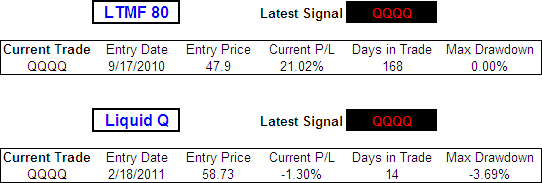
The LTMF 80 continues to hold a position in QQQQ that is currently showing a profit of 21.02% after 168 days. Liquid Q also continues to hold a position in QQQQ that shows a loss of 1.30% after two weeks.
.
Historical Stats:
.

.
How The LTMF 80 Works
LTMF stands for Long Term Market Forecaster. It reads volume flows relative to price action and looks for out performance of volume measured on a percentage basis over the prior 12 months. During a sustained rally the readings will reach high levels (near 100%) making it imposable for the volume reading to always outperform price so any reading above 80% will maintain the buy signal. This system has outperformed the market over the last 10 years but performance has been damaged by some nasty losses. It only produces buy signals and only for QQQQ.
How Liquid Q Works
Liquid Q completely ignores price action and instead measures the relative flow of money between a selection of economically sensitive and comparatively stable ares of the market. It looks for times when the smart money is confident and and can be seen by through volume investing heavily is more risky areas due to an expectation of expansion. This system has outperformed the market over the last 10 years and remained in cash through most of the major declines. It only produces buy signals and only for QQQQ. We will provide more performance details on the web site for these systems soon.
.
![]()
.
Summary
Remember that price is king and this strongly trending market is very dangerous to bet against. There are several signs of weakness and the risk of declines is currently very high but while support remains the bulls have the upper hand. Keep an eye out for:
- QQQQ below its 50 day SMA
- IWM below $80
- IYT below $90
If these occur then a test of the November highs it extremely likely. While SMH continues to show such strong relative performance, any declines should be within the context of a longer term bull market.
Any disputes, questions, queries, comments or theories are most welcome in the comments section below.
.
Cheers
Derry
And the Team @ ETF HQ
“Equipping you to win on Wall St so that you can reach your financial goals.”
.
![]()
.
Quote of the Day:
(Someone should tell Charlie Sheen) ”There is one quality that one must possess to win, and that is definiteness of purpose, the knowledge of what one wants, and a burning desire to possess it.” – Napoleon Hill
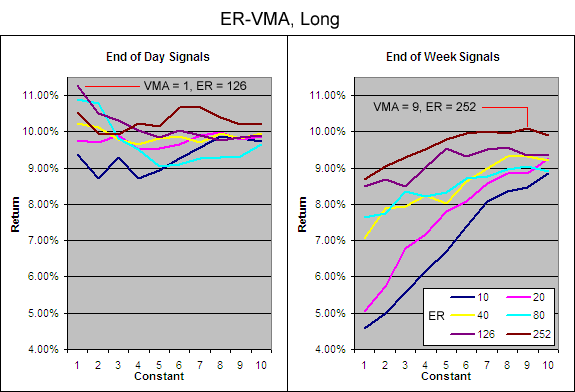
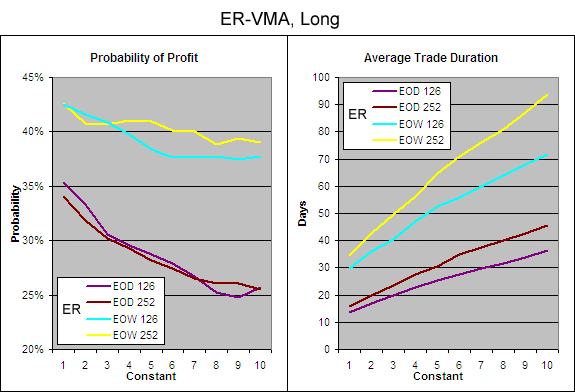

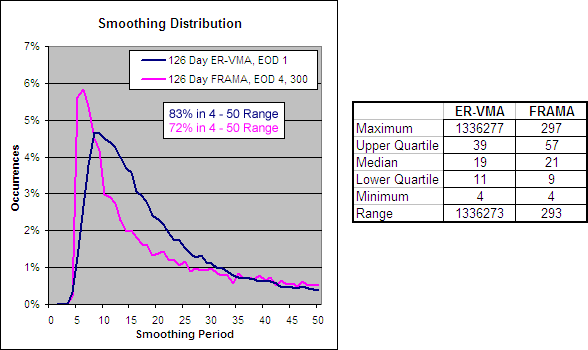
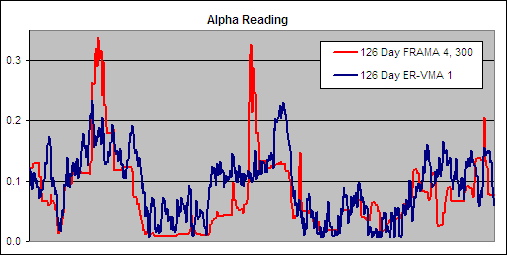


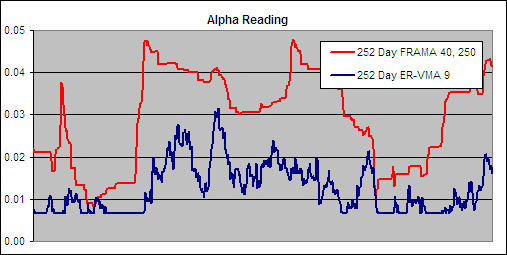
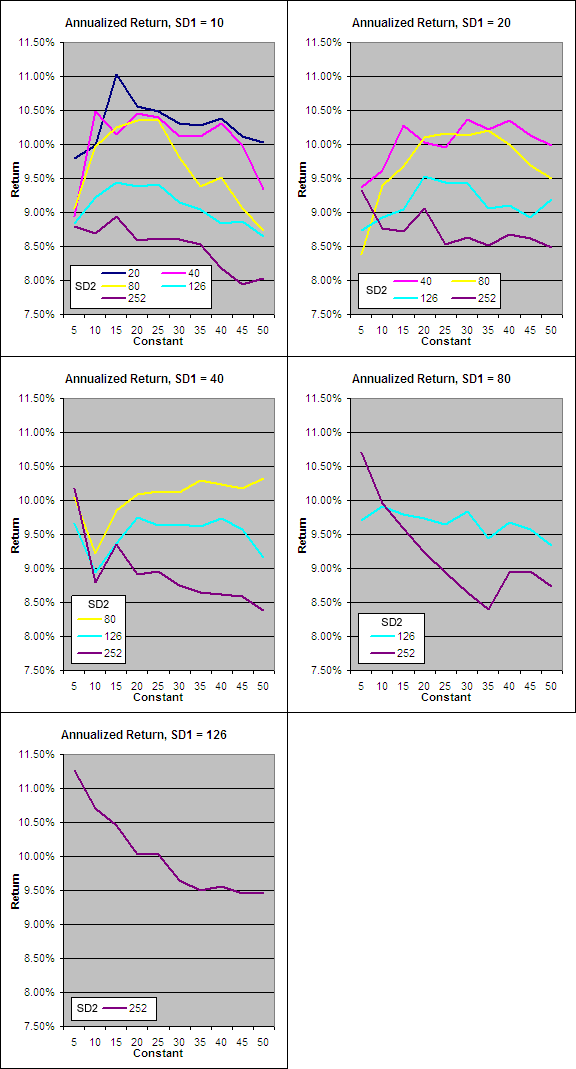
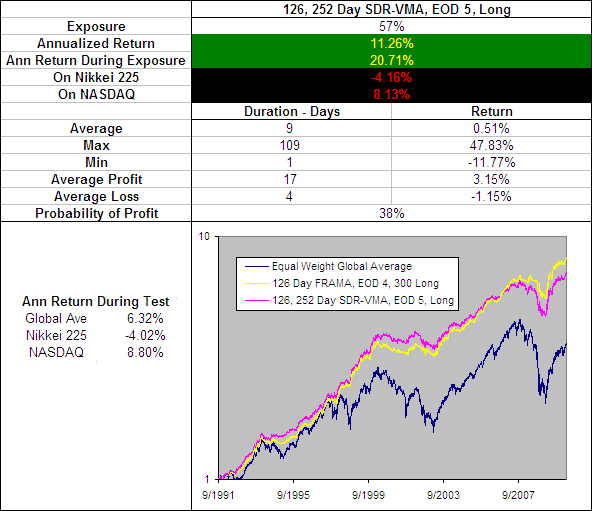
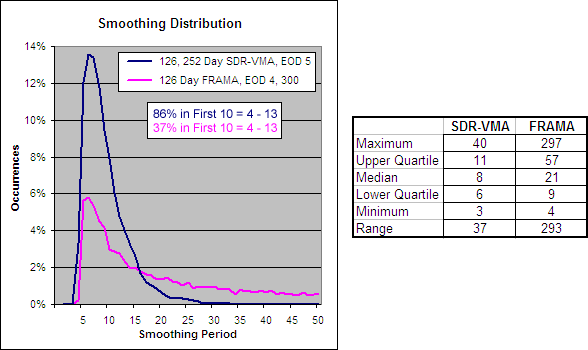
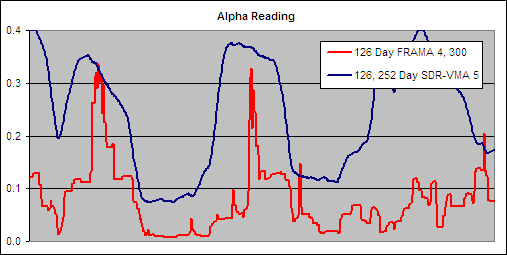

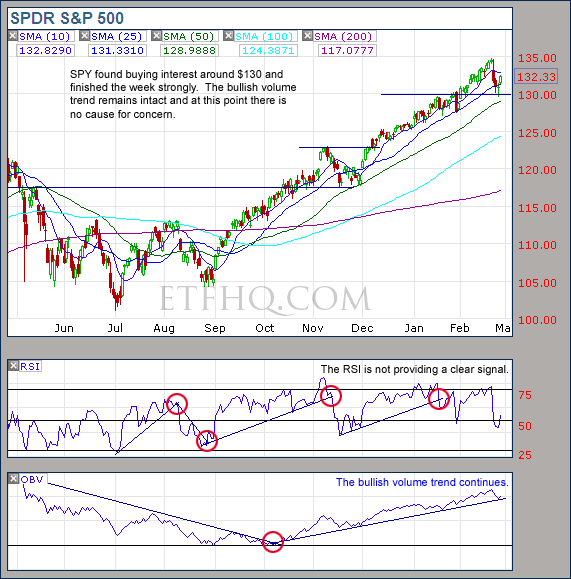
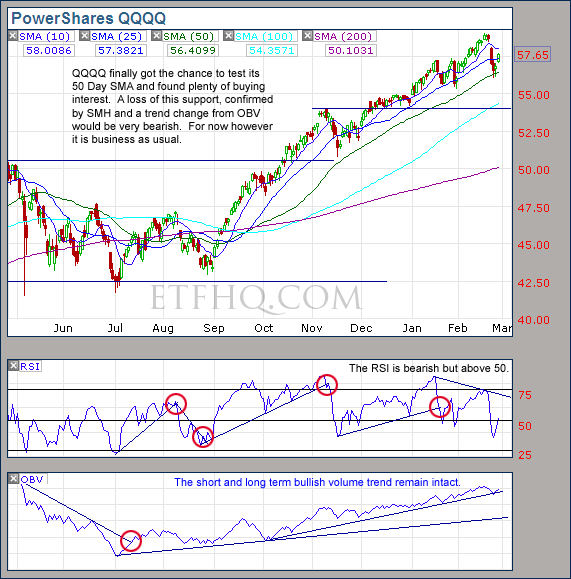

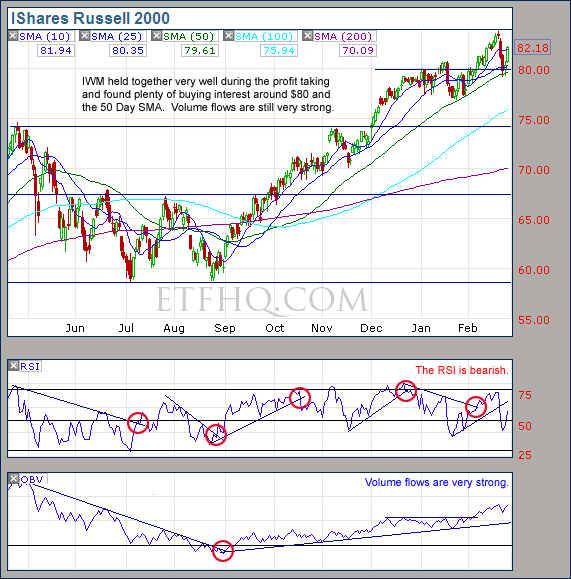



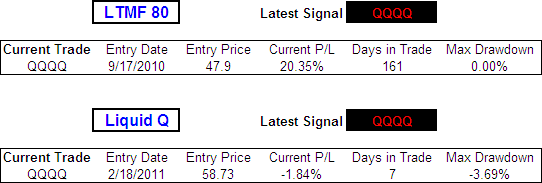

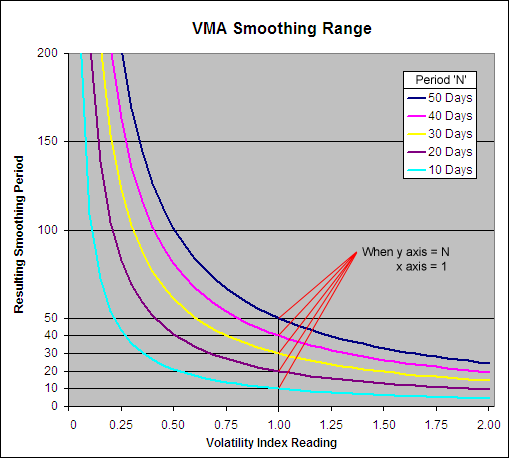
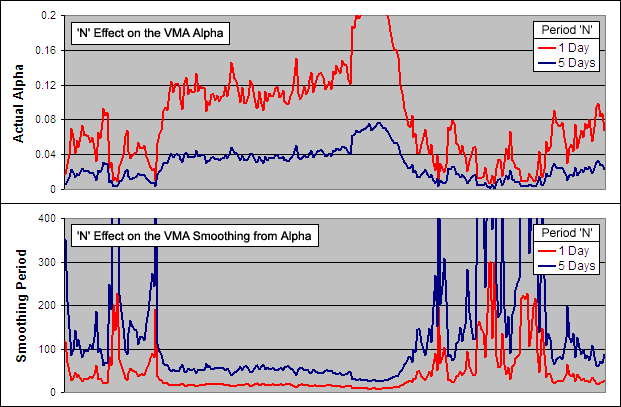
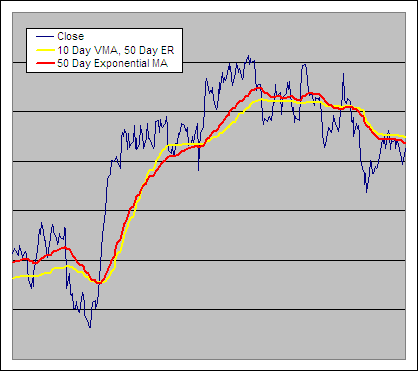



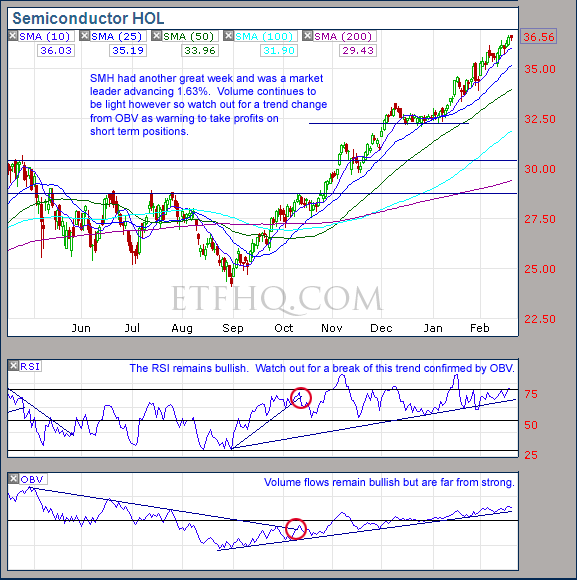
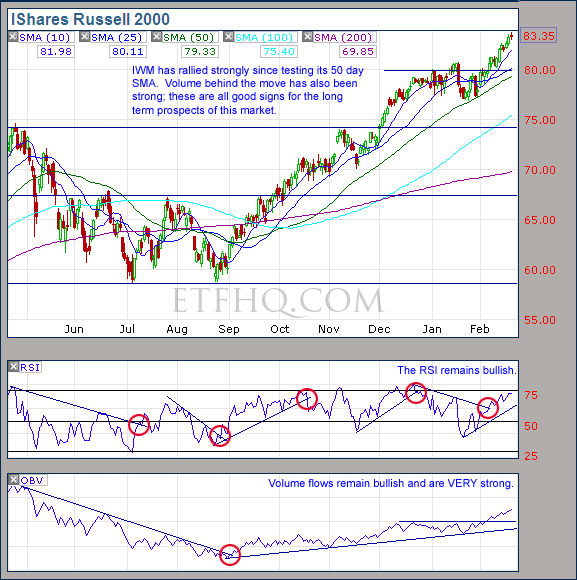
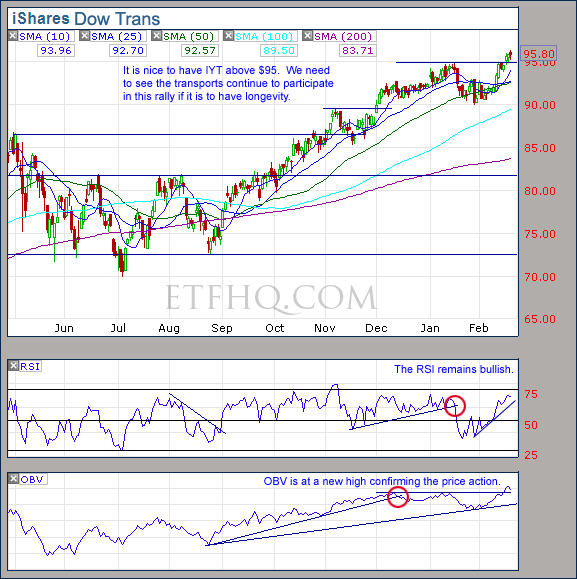




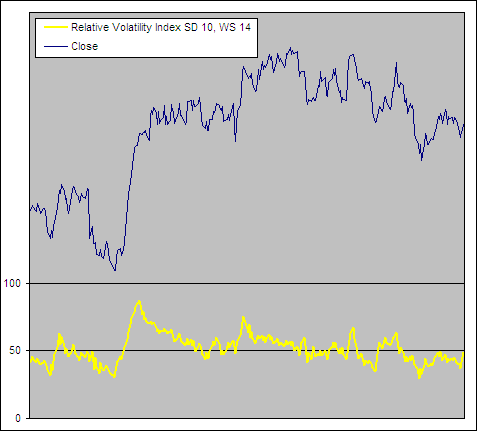


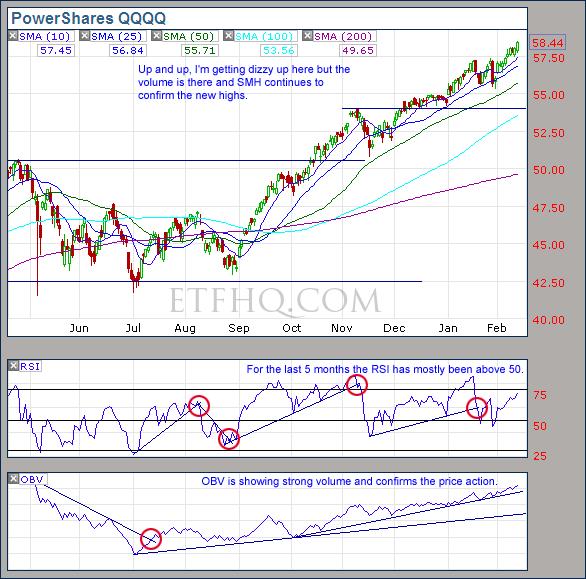
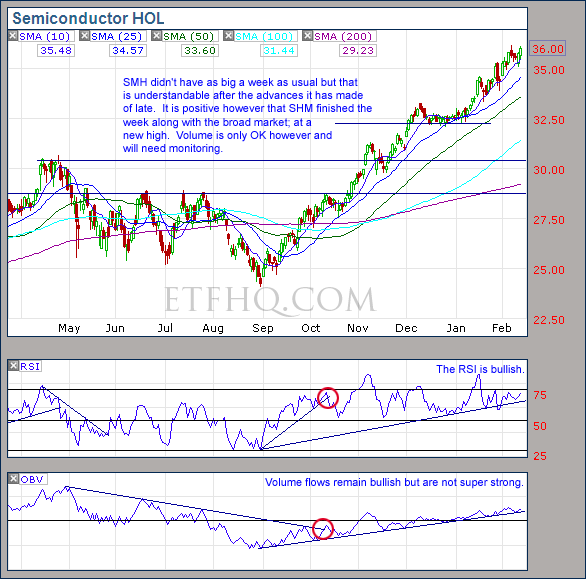

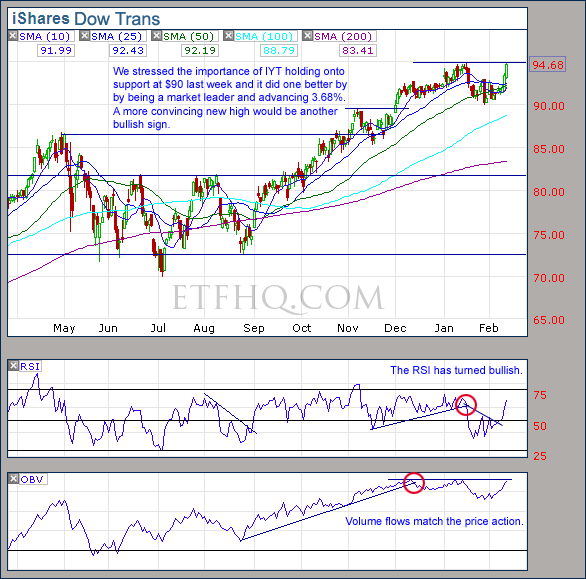


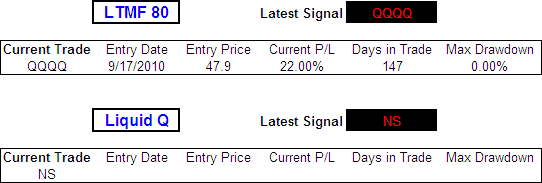
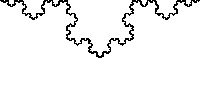 Notice how no matter what scale you view the Koch Curve in it looks very similar? This characteristic is called self similarity and defines a fractal shape. Can you see anything strange about the chart below?
Notice how no matter what scale you view the Koch Curve in it looks very similar? This characteristic is called self similarity and defines a fractal shape. Can you see anything strange about the chart below?